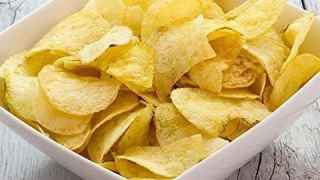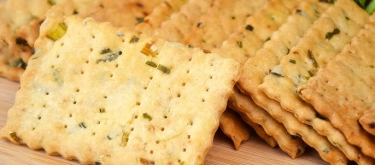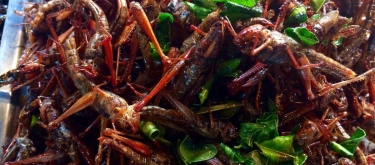Popcorn: Taste Profile, Aroma, Benefits and Health Risks
Popcorn, made by heating kernels of a special variety of maize until they explode into fluffy puffs, has been enjoyed for thousands of years. From Indigenous American traditions to modern cinemas, popcorn remains one of the world’s most recognized snacks. Its versatility allows it to range from light and healthy to indulgent and candy-coated.
Popcorn itself is naturally gluten-free and low in fat when air-popped. However, commercial versions often contain butter, oils, sugar, salt, or artificial flavorings, which may pose risks for individuals with lactose intolerance, hypertension, or those avoiding processed additives.
What does Popcorn taste like?
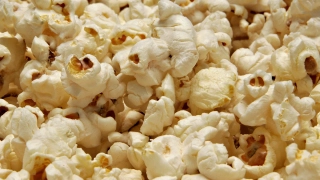
Complete Sensory Description
Taste (overall):
Plain popcorn has a neutral, slightly nutty corn sweetness with a faint roasted edge from the popped hull. It is delicate compared to other snacks, serving as a blank canvas for seasonings.
Variations by preparation:
-
Air-popped: Clean, light, mildly nutty with a faint cereal-like sweetness.
-
Oil-popped: Fuller, richer mouthfeel, with a subtle fried note.
-
Butter-coated: Intensely savory, with dairy creaminess and a lingering salty finish.
-
Caramel popcorn: Sweet, crunchy glaze delivering burnt-sugar depth and toffee notes.
-
Cheese popcorn: Tangy, umami-rich coating with a strong dairy punch.
Aroma:
Freshly popped corn releases a warm, roasted grain scent mixed with faint sweetness. Added toppings (butter, caramel, cheese) dramatically change the aroma spectrum.
Texture:
Airy and crisp, yet slightly chewy at the hull. Coated varieties add extra crunch or stickiness.
Appearance:
White or yellow irregular puffs with curled shapes, sometimes coated in golden caramel or orange cheese powders.
In-depth Flavor Analysis
The flavor of popcorn is not a direct sensory feature but the result of starch expansion, lipid oxidation, and Maillard chemistry:
-
Starch expansion: When kernels pop, starch gelatinizes and cools into a porous matrix that traps volatile compounds. This structure amplifies aroma release while giving the crisp texture.
-
Volatile compounds: Roasting produces aldehydes (hexanal, nonanal) that add green-grassy and fatty notes, but excessive oxidation causes rancidity.
-
Maillard-derived pyrazines: Generated at high heat, especially in oil popping. Pyrazines such as 2,5-dimethylpyrazine deliver the “nutty” signature. The concentration depends on oil temperature and duration of heating.
-
Butter flavor (diacetyl, acetoin): Highly volatile diketones that bind strongly to the starchy matrix, giving the lingering buttery note familiar in cinemas.
-
Caramelization: Sugars heated above 150°C form furanones and maltol, responsible for caramel and toffee character in sweet popcorn.
-
Cheese coatings: Provide glutamates and free amino acids, shifting balance toward umami and enhancing overall flavor persistence.
-
Control levers:
-
High-temperature, short-time → brighter, cleaner aroma.
-
Low-temperature, longer roasting → darker, toastier, sometimes bitter notes.
-
Oil vs. air popping → higher oil absorption changes release of lipophilic volatiles.
-
This analysis shows popcorn’s adaptability: it is a neutral starch base whose flavor outcome is defined almost entirely by reactions and coatings, not the kernel itself.
Varieties and Culinary Applications
-
Classic salted popcorn — staple of cinemas.
-
Sweet caramel corn — festival favorite.
-
Cheese or spicy popcorn — popular in flavored snack mixes.
-
Gourmet popcorn — truffle oil, herbs, chocolate drizzle.
Popcorn can be used as a salad topping, in snack bars, or as decoration in modern gastronomy.
Selection and Storage
-
Selection: Kernels should be uniform, dry, and free from cracks. Packaged popcorn should have no rancid odor.
-
Storage: Keep kernels in airtight containers to preserve moisture balance. Popped corn should be stored in sealed bags to avoid staleness.
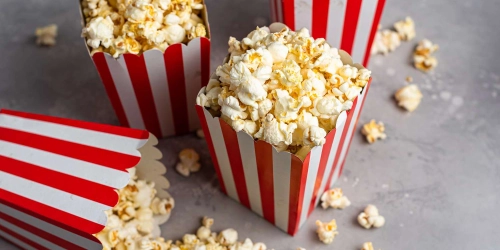
Nutritional Insights
Air-popped popcorn is low in calories (~30 kcal per cup), high in fiber, and provides antioxidants such as polyphenols. However, flavored or buttered popcorn can exceed 400 kcal per serving due to added sugar and fats. Moderate plain popcorn consumption supports digestive health and satiety.
Expert Insights & Culinary Tips
Chefs recommend popping kernels in coconut or sunflower oil for a clean flavor. A sprinkle of smoked paprika or nutritional yeast can create healthier gourmet options. Nutritionists advise avoiding microwave popcorn with artificial butter flavorings due to chemical residues.
Interesting and Curious Facts
-
Popcorn is one of the oldest prepared foods, with archaeological evidence dating back 5,000 years in Peru.
-
The world’s largest popcorn ball weighed over 9,000 pounds.
-
During World War II, sugar shortages increased U.S. popcorn consumption as candy production dropped.
Harm and Dietary Considerations
-
High sodium and fat in flavored popcorn may contribute to cardiovascular risk.
-
Caramelized versions are calorie-dense and raise blood sugar quickly.
-
Artificial butter flavors in some microwave popcorn have been linked to respiratory risks for factory workers (diacetyl exposure).
Religious Dietary Considerations
-
Judaism & Islam: Plain popcorn is permissible, seasoning rules depend on additives.
-
Hinduism & Buddhism: Widely consumed.
-
Christian traditions: No restrictions.
Final Thoughts & Sensory Journey
Popcorn transforms simple corn kernels into airy bites that capture comfort and nostalgia. Its mild starchy base welcomes endless flavorings, making it one of the most versatile snacks across cultures.
Resources
-
Smith, A. Corn: A Global History. Reaktion Books, 2019. ISBN: 9781789141506
-
Coultate, T. Food: The Chemistry of Its Components. Royal Society of Chemistry, 2016. ISBN: 9781782623184
-
Velioglu, Y.S. et al. "Antioxidant activity of popcorn polyphenols." Food Chemistry 86 (2004): 463–469. DOI:10.1016/j.foodchem.2003.09.009
